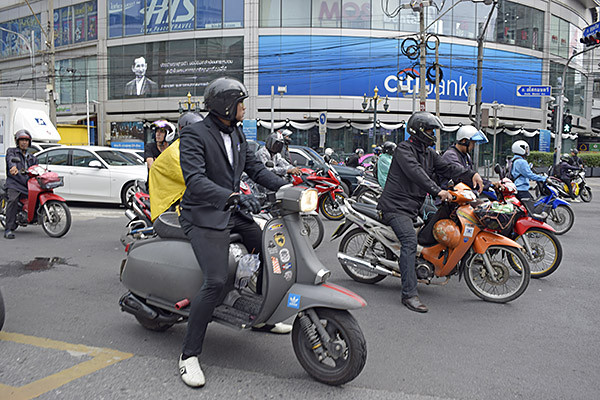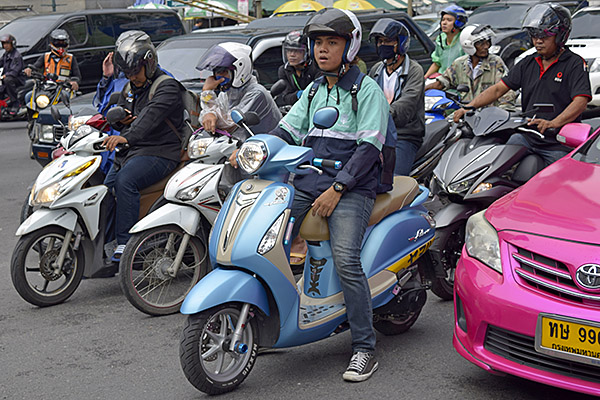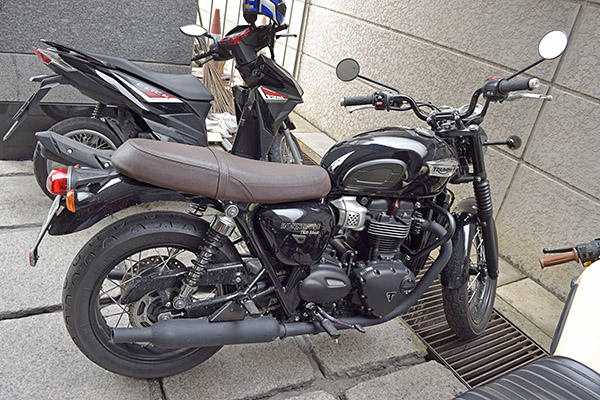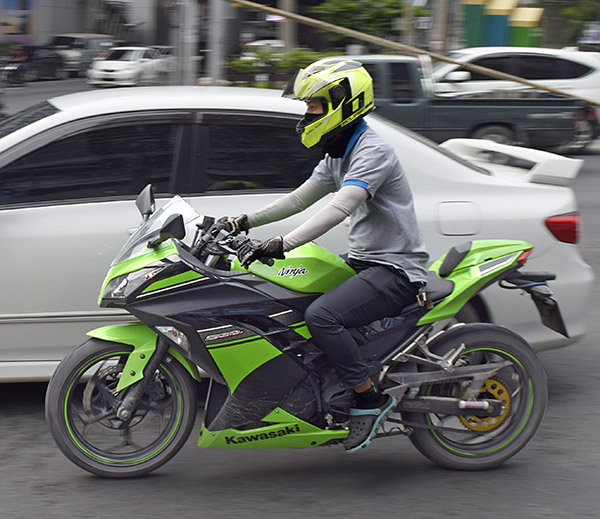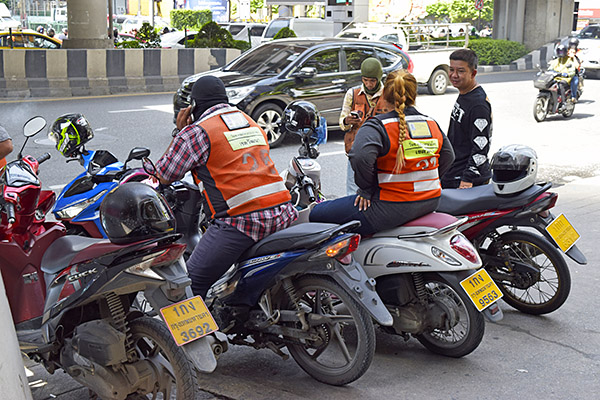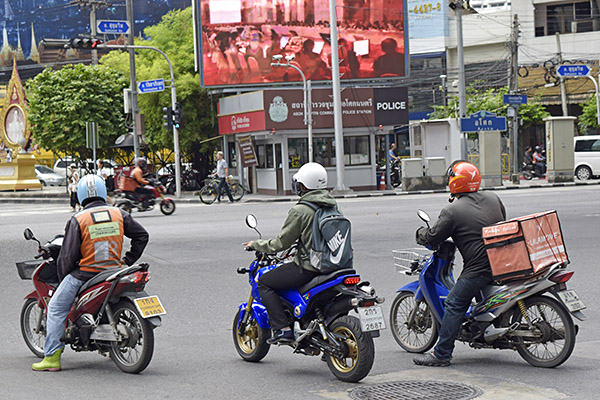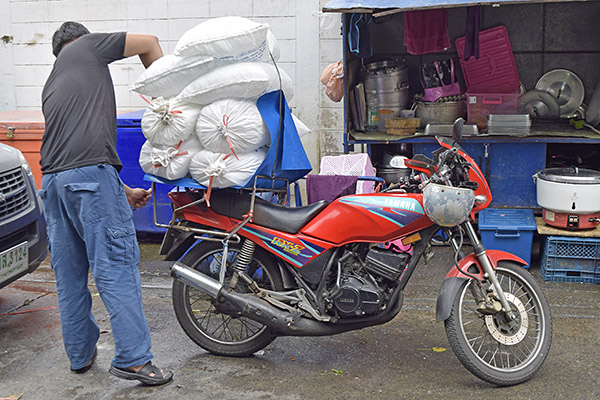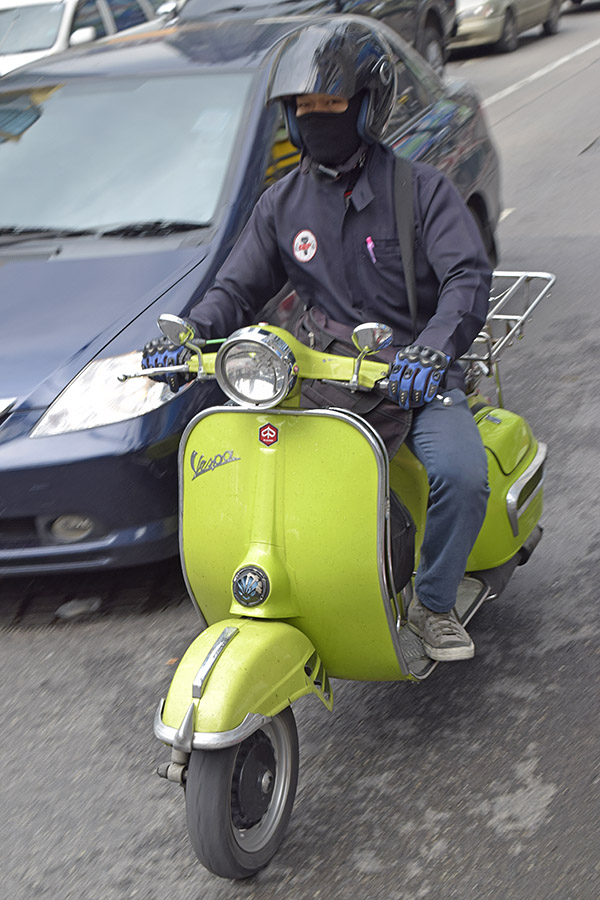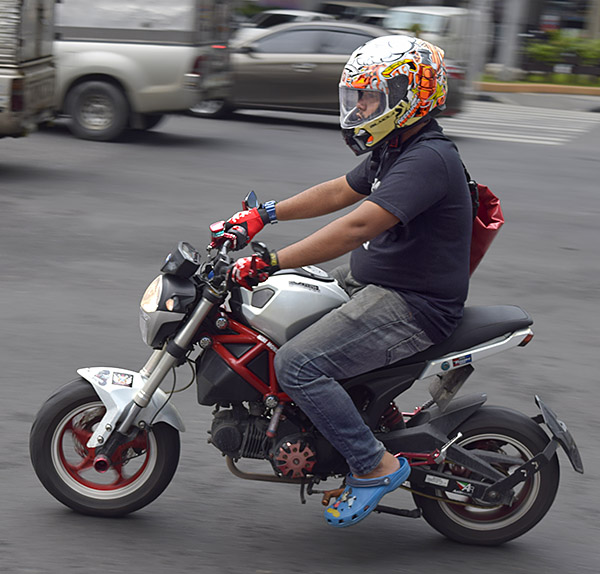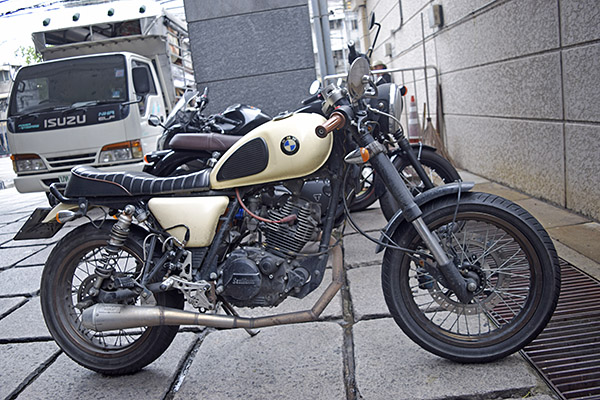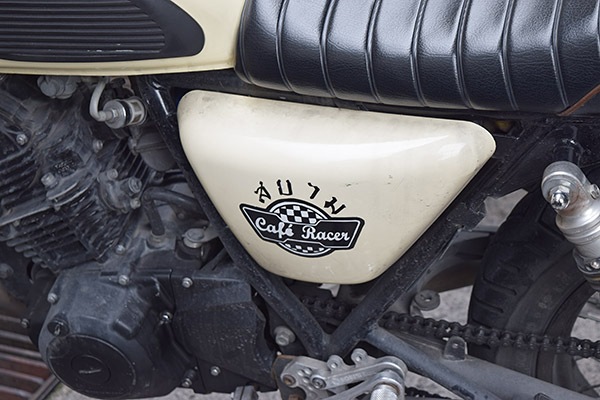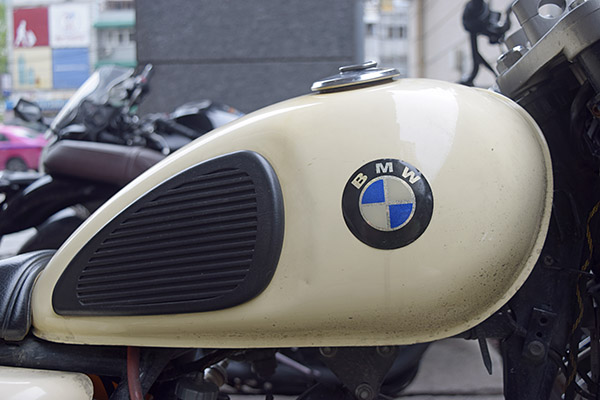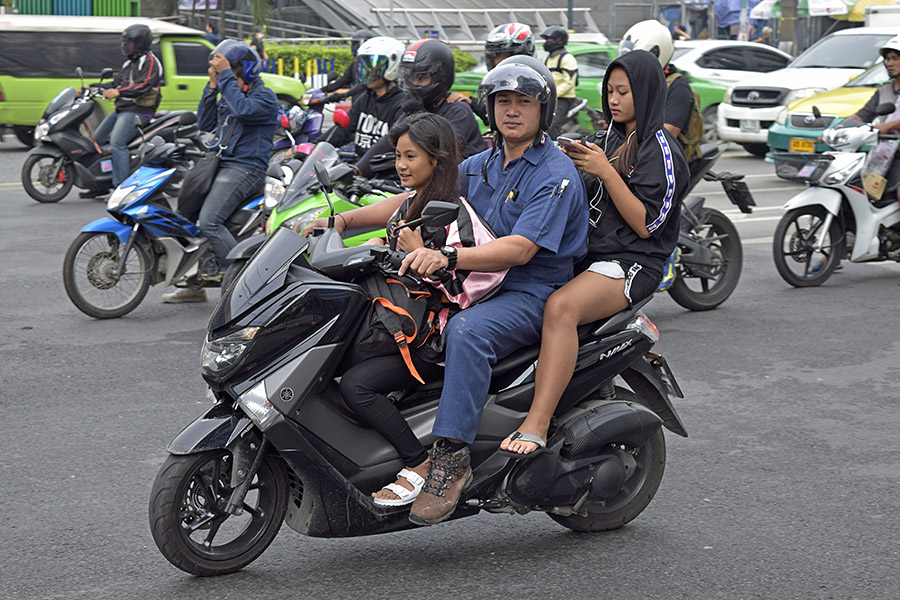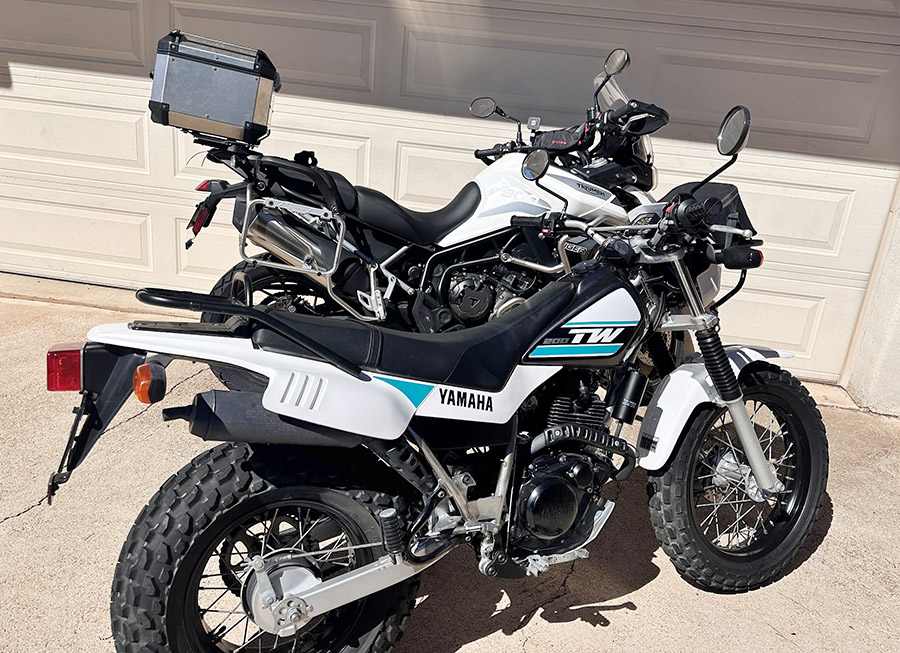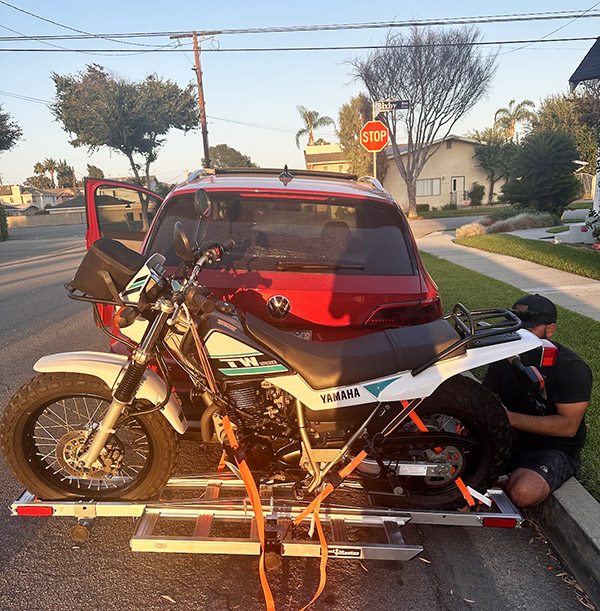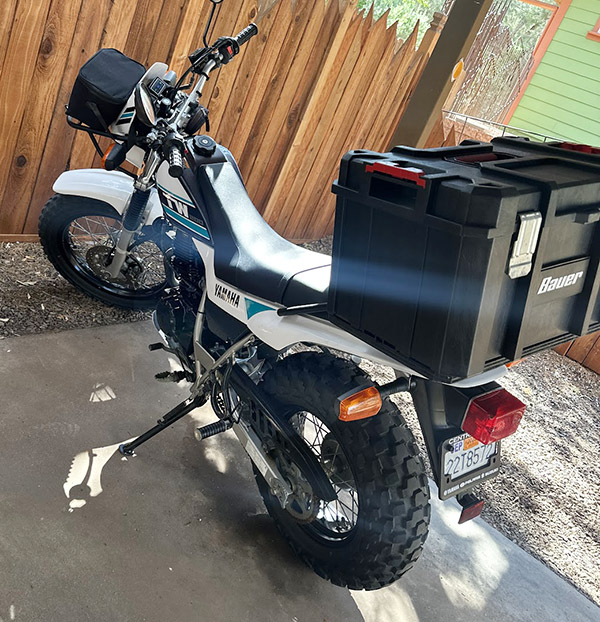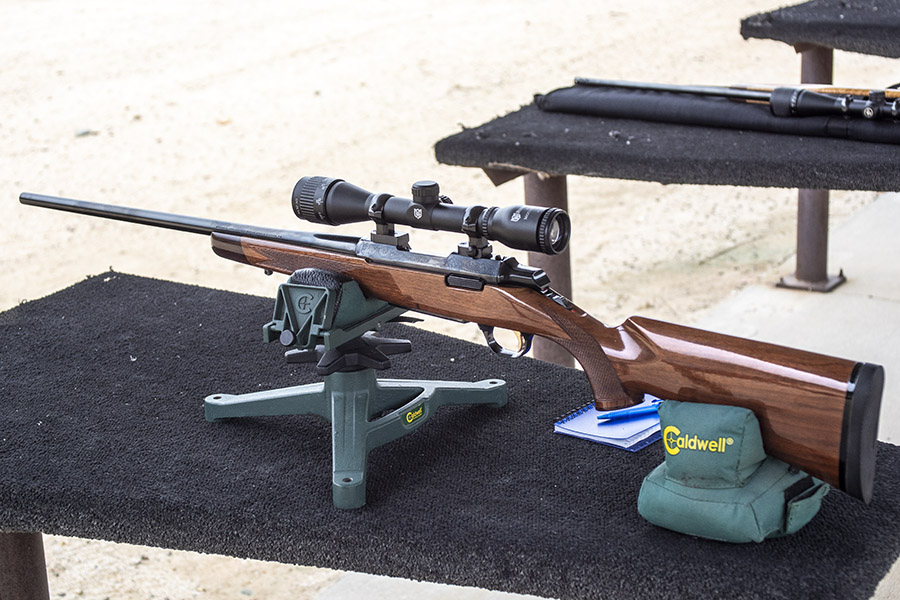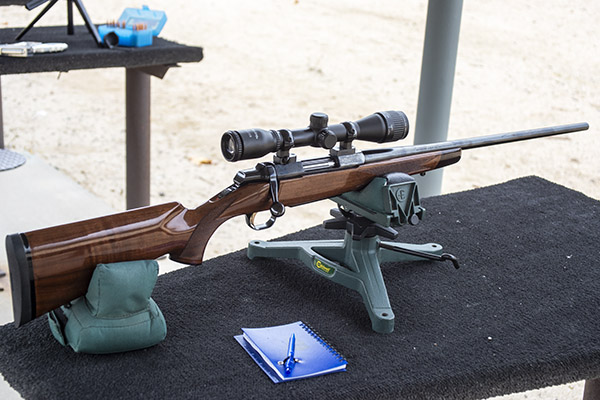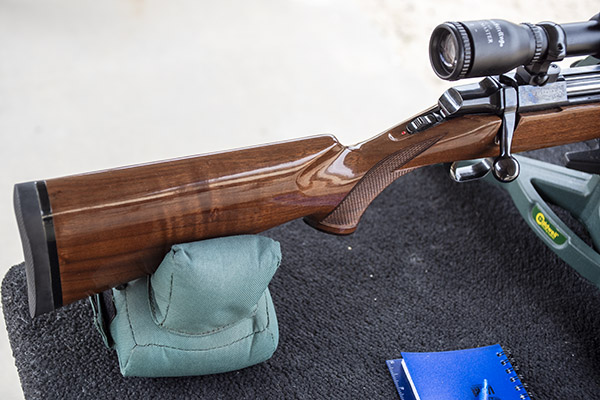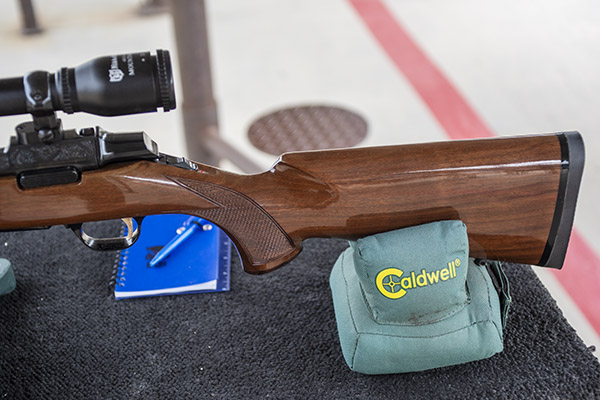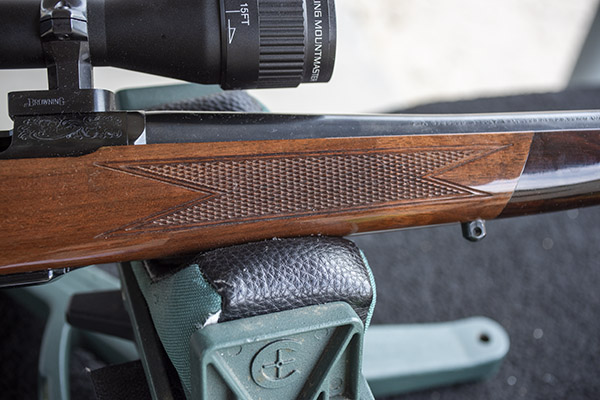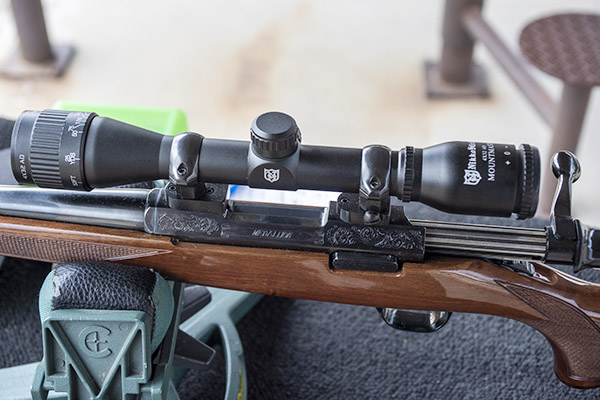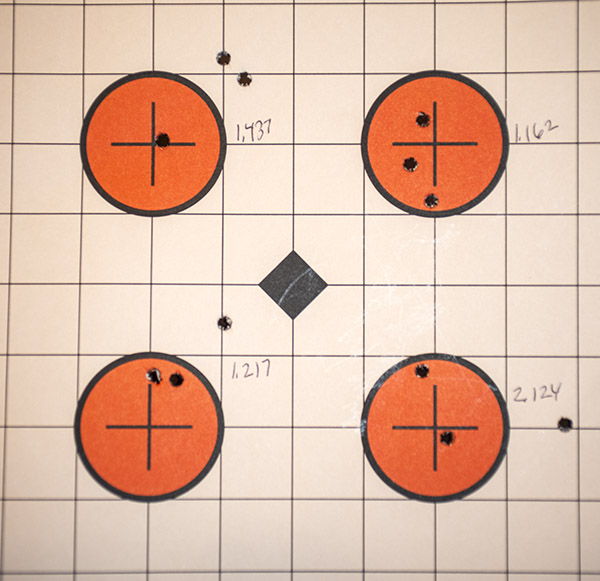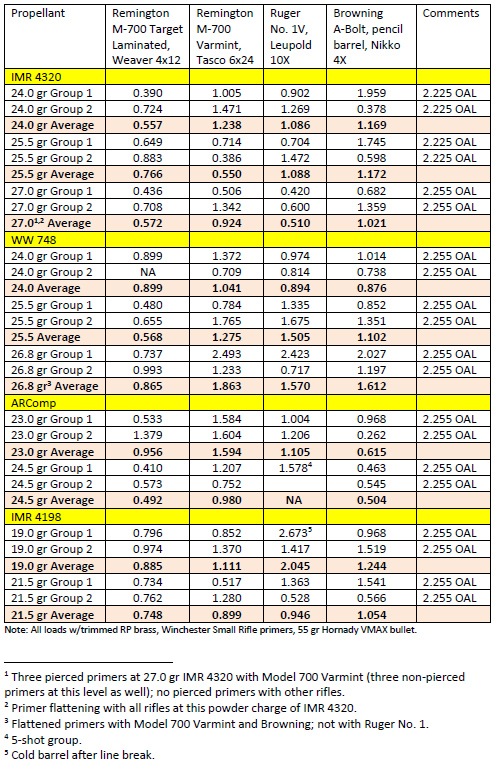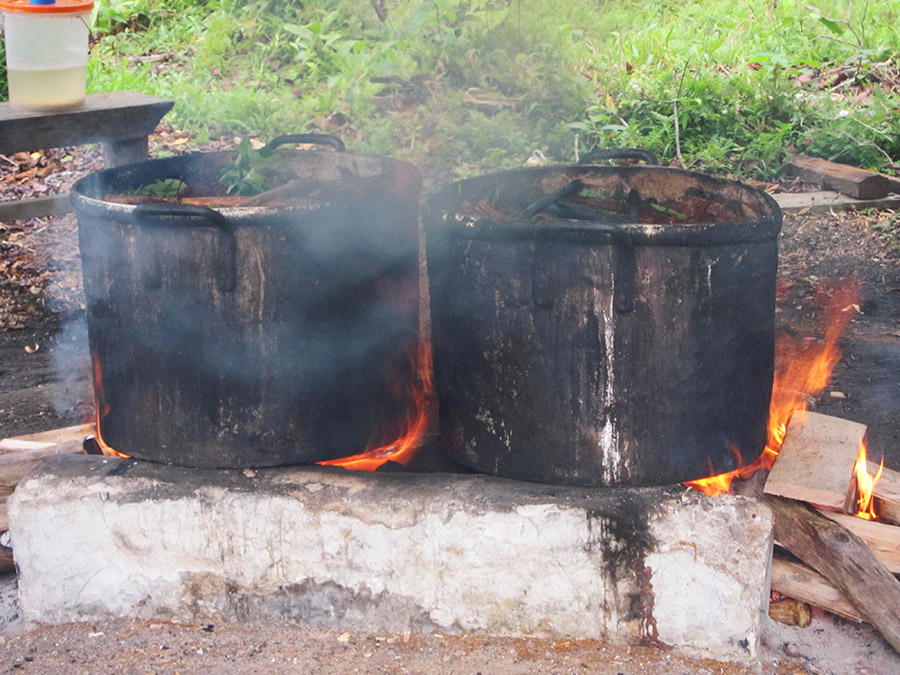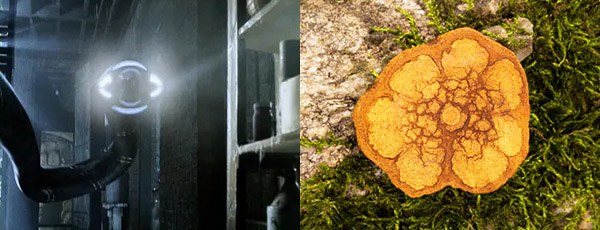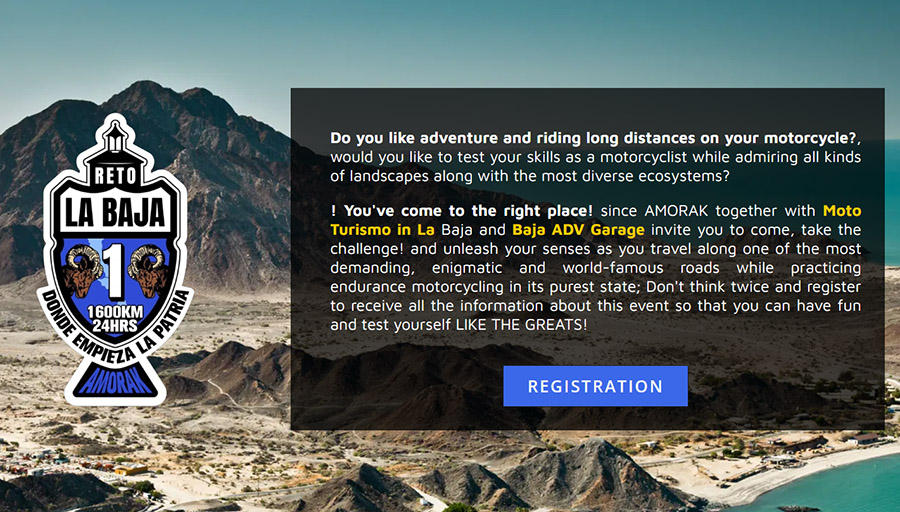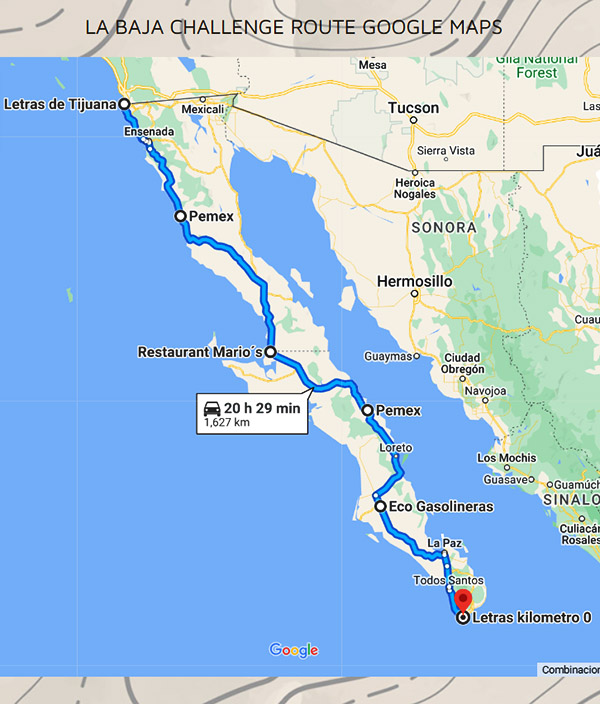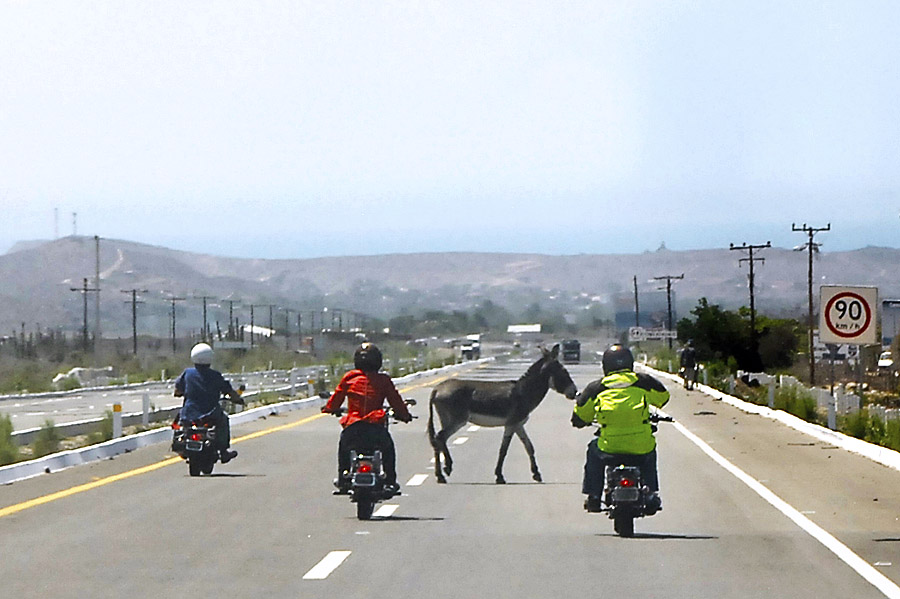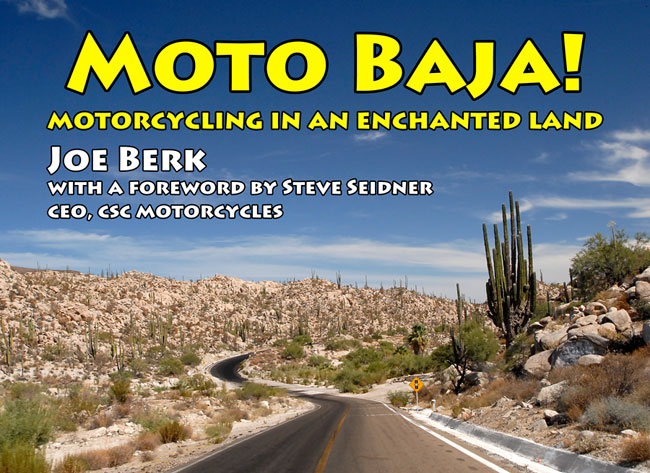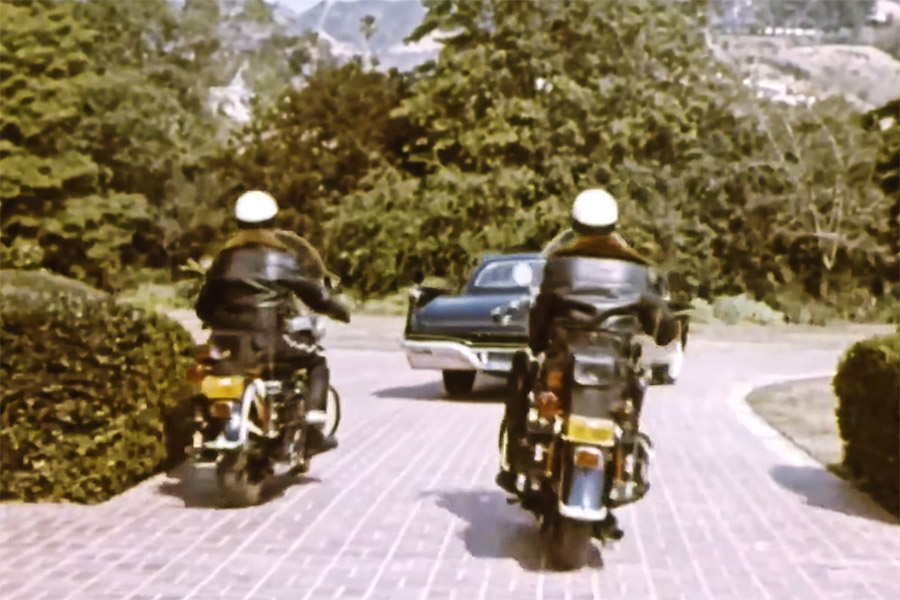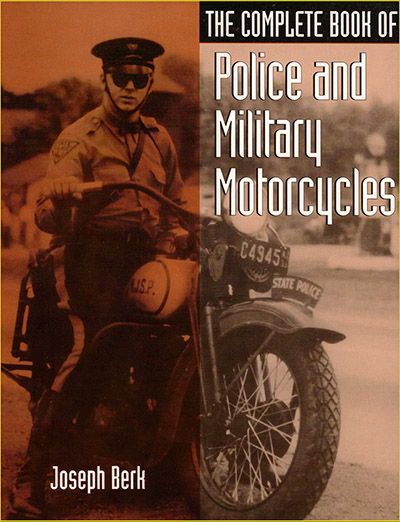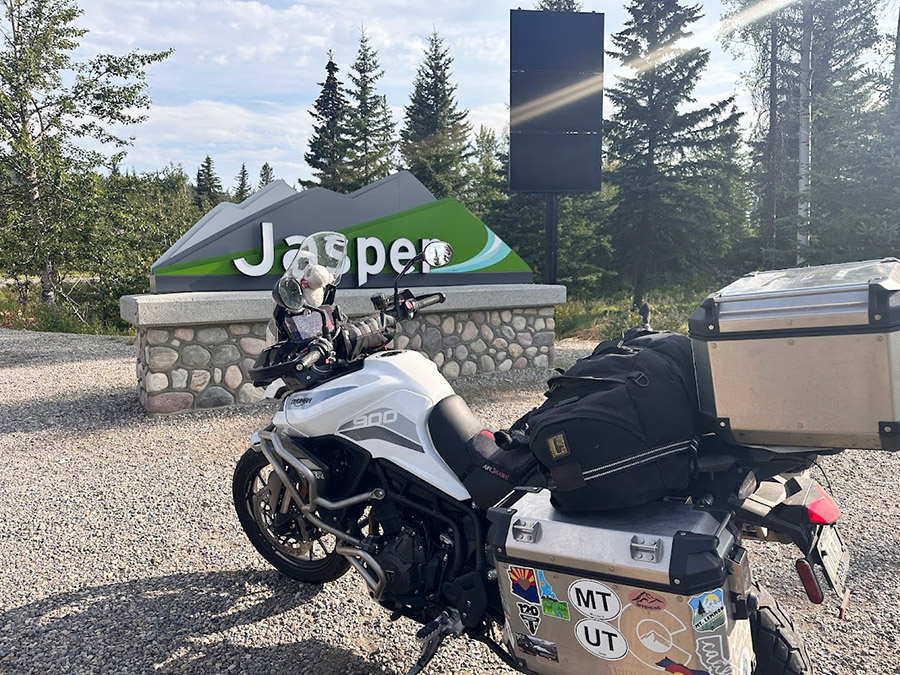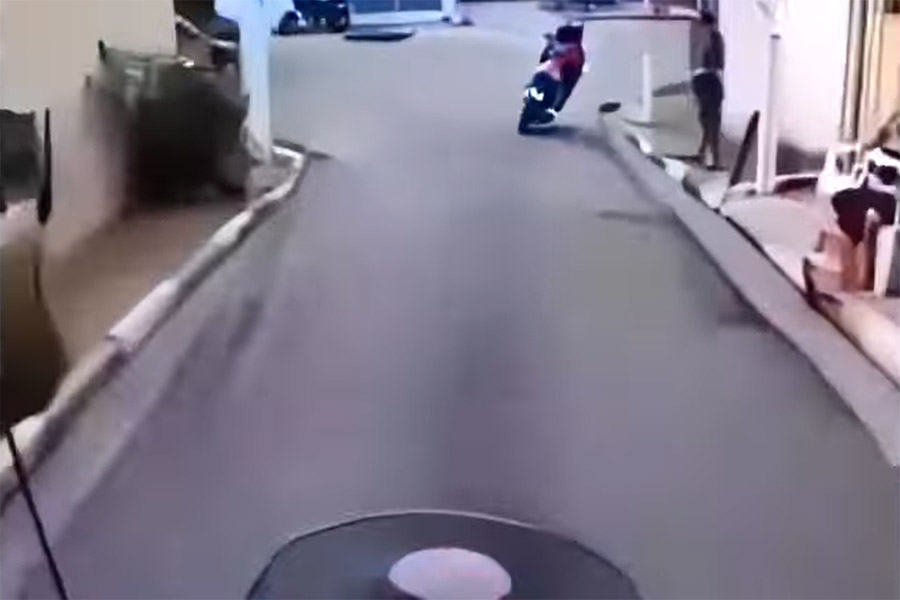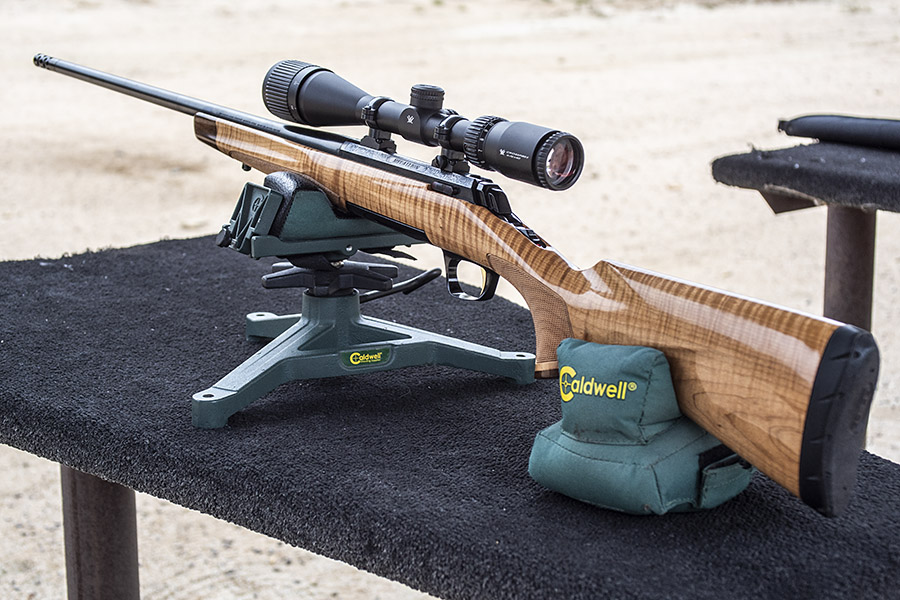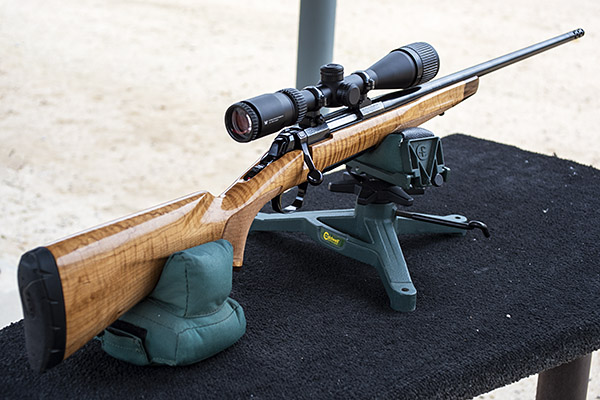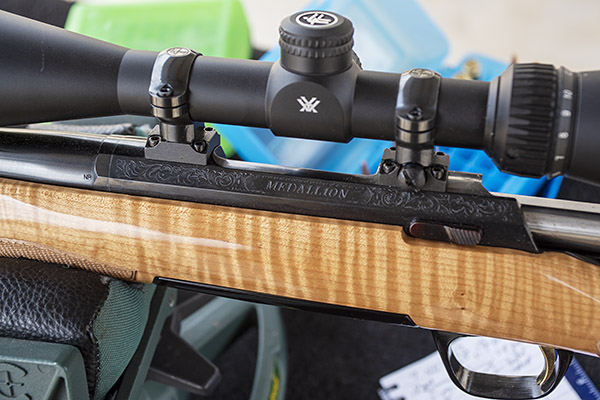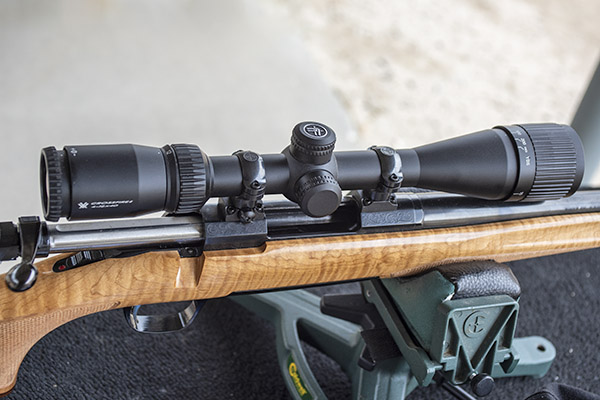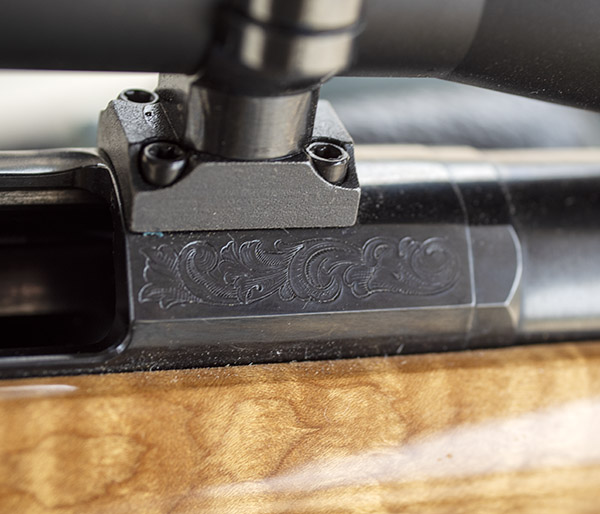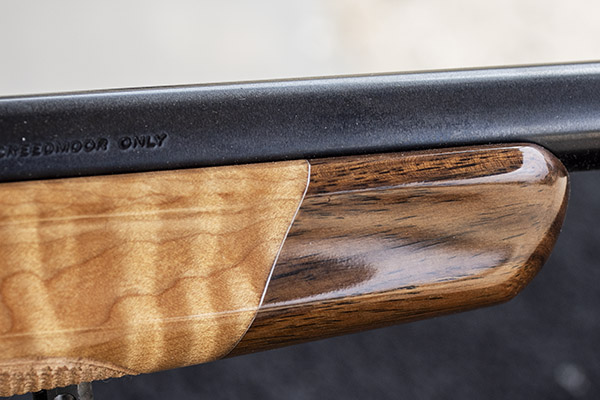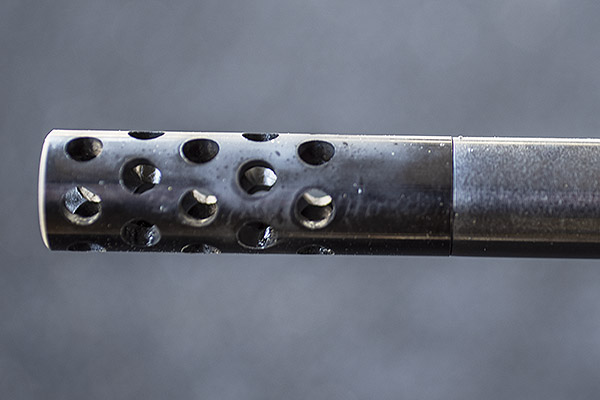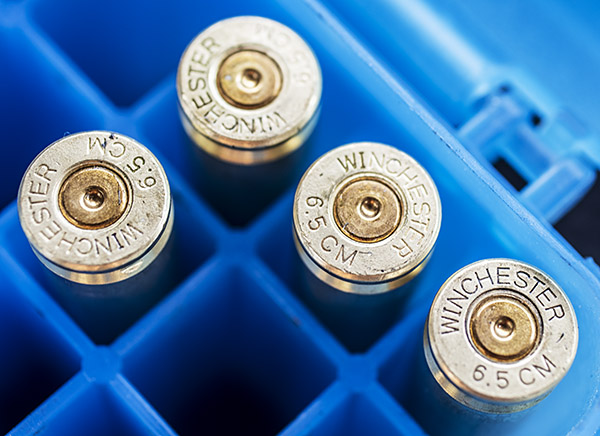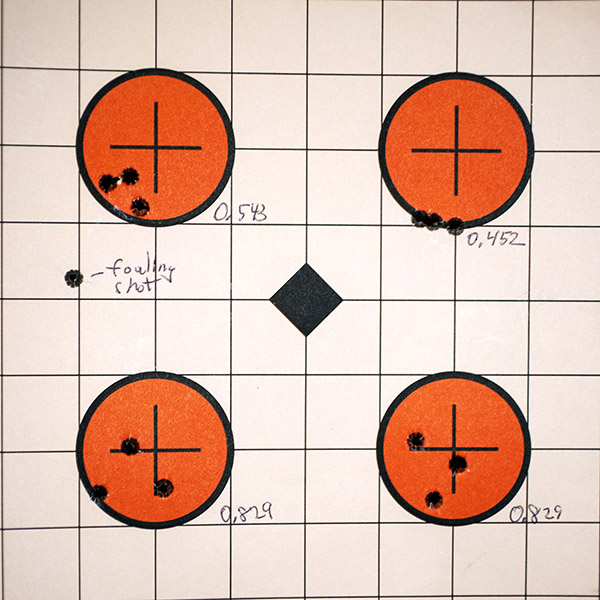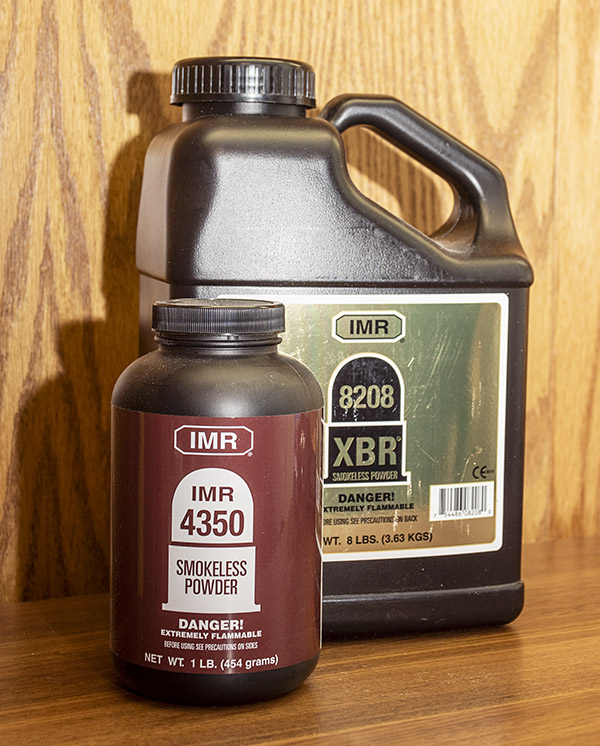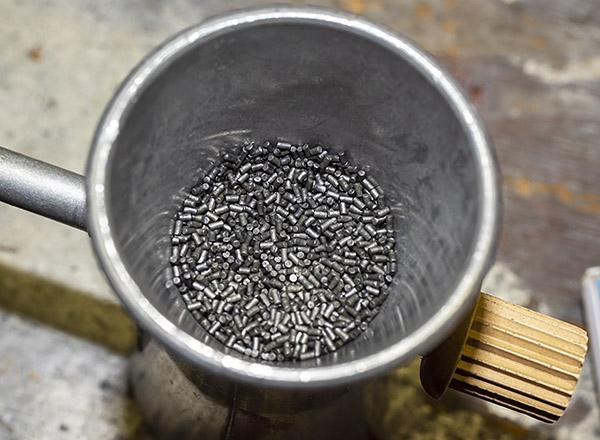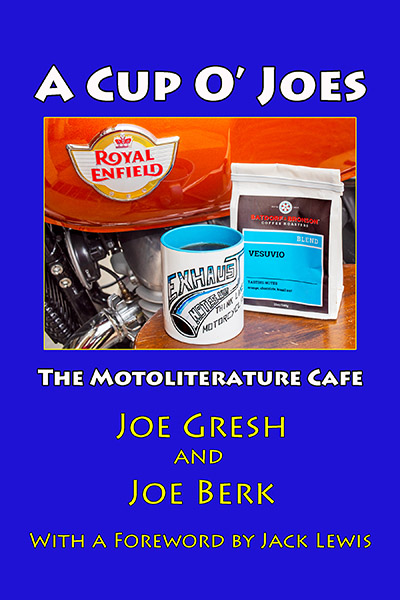By Bobbie Surber
Embarking on the final stretch of my epic 11-week solo motorcycle journey on Tippi, my trusted Triumph Tiger 900 GT Pro, evoked a whirlwind of emotions. From Sedona, Arizona, through the diverse terrains of Utah, Nevada, California, and Oregon, each mile etched an unforgettable mark on my soul. Navigating the enchanting trails of the Olympic Peninsula on my slow crawl to Canada, every road whispered tales of resilience, liberation, and the joy of exploration. Each mile felt like a chapter—a blend of nostalgic past adventures and an eager anticipation for the unknown ahead. This last leg wasn’t just a ride; it was a transformative passage that shaped me, kindling a sense of wonder, fortitude, and an unyielding thirst for the uncharted.
After crossing the Astoria Bridge into Washington, a short ride brought me to my niece’s home in Westport. Nestled in a community rich in fishing heritage and coastline, Michelle, Mike, and their kids embodied a close-knit family life filled with outdoor adventures. What began as a brief stop extended to a 3-night stay, finding solace by the captivating shoreline. Continuing the journey with Mike leading the way, we explored scenic backroads and Highway 101, culminating in my first ferry trip aboard Tippi to Edmond, Washington.
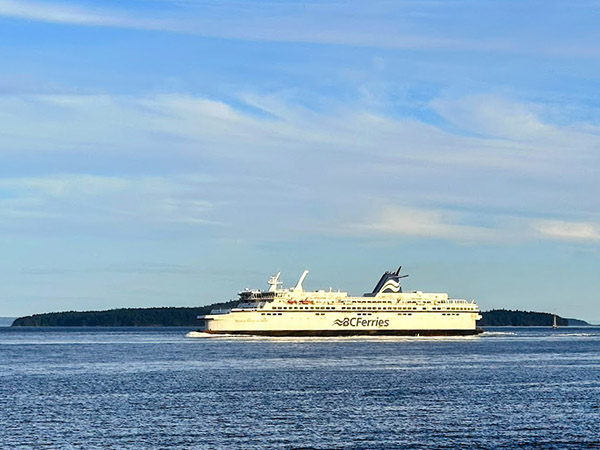
We quickly stopped for some incredible tacos before continuing to see my adventurous 90+-year-old mother, just back from an epic cruise to Alaska. She regaled us with tales of her thrilling zip line adventure—so high and long that my sister opted for the gondola ride, watching our daring mother zoom by! Our time together, though brief, was filled with laughter and stories of adventure before I hit the road again, heading towards more family just a few hours away.
My ride to visit my sister and her husband at their enchanting cabin east of Granite Falls was swift. The primary purpose of this visit, alongside my travels through multiple states, was to gather and honor the memory of my beloved nephew, Brandon. A decade has passed since his tragic loss to brain cancer, leaving an irreplaceable void in our lives. The remembrance brought together both family and friends, a day spent in heartfelt reminiscence and reconnection. My sister, Deb, and her husband, Jim, seasoned sailors, spun tales that seemed to fill more than a lifetime’s worth of adventures. The days melted away as we relaxed in the tranquility of their picturesque cabin by the river.
After luxuriating for four nights, Tippi and I reluctantly bid farewell to embark on our journey to North Cascades National Park via the captivating routes of Highways 530 and 20. The morning air was crisp and invigorating, paired with the delightful twists and turns that entertained both me and Tippi. The park’s cloudless skies gifted us a rare visual feast. At the same time, the scarcity of traffic afforded precious moments to drink in the awe-inspiring panoramic views, such as the breathtaking Diablo Lake.
Further along our route, multiple pit stops and a restful night in the quaint western town of Winthrop, Washington, brought us tantalizingly close to the Canadian border. The journey along Highway 20 and the extended loop through Kettle Springs via Highway 395 bestowed upon me splendid views of the majestic Columbia River and the winding Kettle River before my solitary crossing into Canada at the serene expanse of Christina Lake.
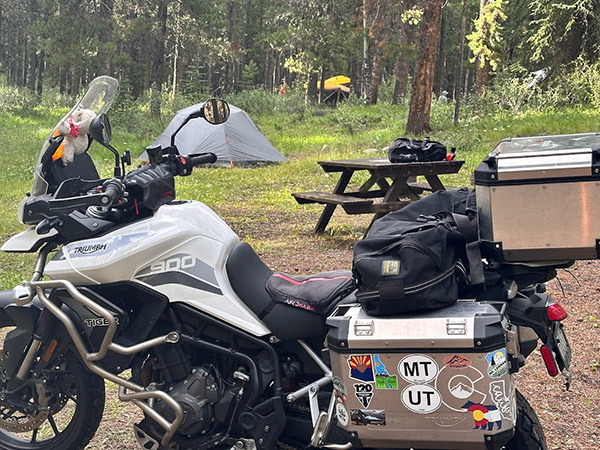
Christina Lake’s allure was magnetic—a vast expanse fed by hot springs boasting the warmest waters in British Columbia, offering a tranquil respite. Energized and eager, I embarked on my next destination, Nakusp, for a riders’ gathering with Horizons Unlimited. A weekend of camaraderie and epic tales of global adventures awaited, including the awe-inspiring journey of a dear friend, Wayne Kouf, as he traveled from Canada to the tip of South America.
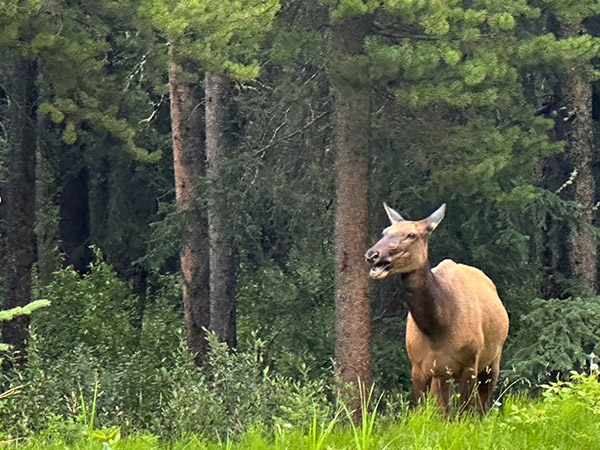
As was one of the main themes of my journey, I was once again saying my farewells to newfound friends as I pulled out of the campground to embark on the exploration of Banff, the Ice Fields, and Jasper. Despite planning a direct route on Highways 2 and 1, fellow riders advocated a detour closer to the border. The diversion led me towards Highway 31A to Balfour, where the longest free ferry ride in Canada awaited—a journey meandering alongside a lake to Creston, ending at the home of a riding comrade, Jody.
After an enchanting evening with Jody and his wife, savoring local wines and their tales of adventures, we reluctantly bid each other goodnight. Jody led the way on his BMW the next morning, guiding us through superior back routes toward Banff. As foreboding clouds gathered, he wisely turned back, leaving me to face an imminent storm that unleashed torrents of rain, hail, and fog upon my journey.
At last, I arrived in Banff under clear skies! A delightful two-night stay at Two Jack Campground unfolded with wildlife encounters, mesmerizing sunsets, and a lighthearted exchange with a Ranger regarding bear spray—affirming the amiable demeanor of Canadian bears.
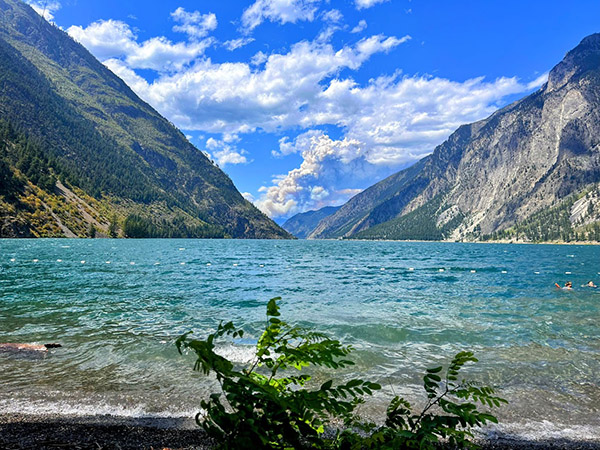
The subsequent days were a whirlwind, exploring the lakes, trails, and the majestic Lake Louise before venturing along the Icefields Parkway in Alberta—a challenging yet breathtaking 144-mile scenic route through Banff and Jasper National Parks. A pause at a remote, off-grid hostel allowed both the physical and emotional respite I needed! I slept with peace despite a room full of men. I spent the days filled with wildlife observation, the magic of Athabasca Falls and thoughtful planning for the journey ahead.
Reluctantly leaving the hostel, I caught a glimpse of Jasper before setting my sights on Mt. Robson, the towering pinnacle in the heart of the Canadian Rockies. From there, my journey through the mountains made its way towards Kamloops, a historic river ferry delivering me to the abode of Melanie, a truly exceptional rider. Gathered around for dinner were local riders, their camaraderie transforming the evening into a truly memorable encounter.
The next morning, Melanie and I embarked on a thrilling ride towards Whistler via the legendary Highway 99, a route destined to etch itself into my memory. Reluctantly bidding farewell to Melanie, I found a respite at a hostel nestled on the outskirts of Whistler, immersing myself in the awe-inspiring vistas. The following day, I embarked on the Sea to Sky Highway, Highway 99, enroute to the home of newfound friends I’d met during my time in Nakusp.
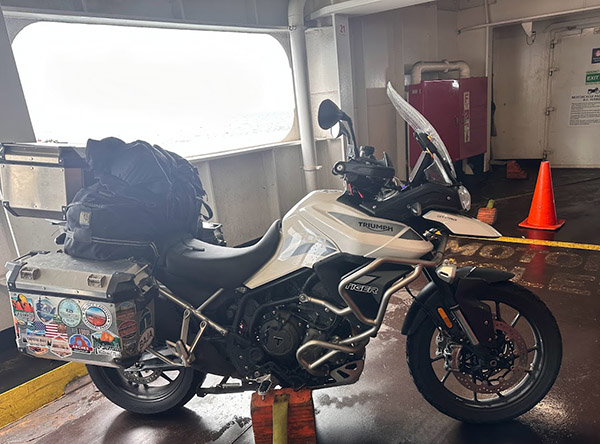
A brief stopover in Vancouver included a heartfelt reunion with a friend from Sedona and an embrace of warm hospitality from new acquaintances, setting the stage for a chilly, rain-soaked morning journey to the ferry terminal. This ferry would lead me to Pender Island and the sanctuary of Karen and Wayne’s idyllic home, perched above stunning views of the sound amid a serene fruit orchard.

I was enfolded by their sanctuary for three nights before hopping onto ferries, journeying to Salt Spring Island for a short but sweet visit with friends. Eventually, my path led me to Nanaimo on Vancouver Island, where I sought rest for the night. The following morning, we rode to Tofino, immersing myself in the town’s essence for several nights, exploring every nook and cranny, from the bustling streets to the expansive Long Beach. Subsequently, I found solace in camping at Ucluelet for two nights, discovering the untamed and authentic allure of the rugged west coast of Vancouver Island.
Spending five captivating nights absorbed in the wild embrace of the untamed West Coast reluctantly gave way to a journey along the backroads, savoring every moment by Cowichan Lake and basking in the sheer picturesque beauty of Port Renfrew. The coastal ride on Road 14 leading into Victoria was a spectacle to behold, painting a stunning portrait of nature’s allure. However, despite an entire week on Vancouver Island, it felt like I’d barely scratched the surface of its boundless treasures. This experience fueled a resolute determination to return, armed with Tippi, and unearth more of the island’s hidden gems waiting to be discovered.
A ferry ride from Victoria to Port Angeles led me to family friends who are seasoned globe-trotters and avid sailors. Their tales of adventures on the high seas enthralled me, offering a glimpse into their adventurous lives. Their home, a serene haven, was difficult to leave behind after two lovely nights.
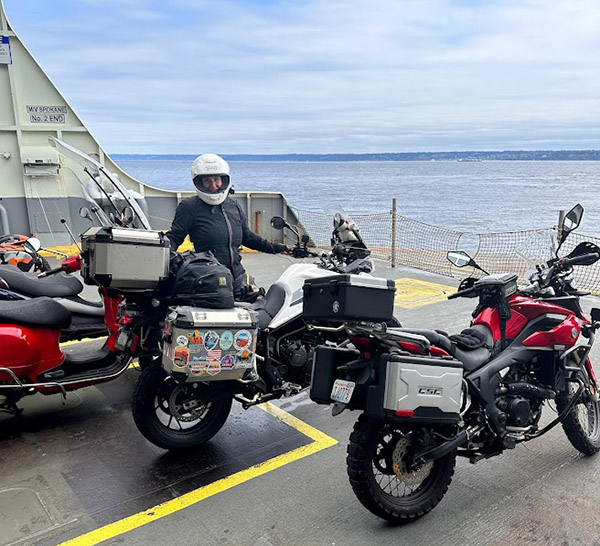
Crossing that final ferry from Kingston into Edmonds, Washington, marked the poignant end of our remarkable 6700-mile journey. As Tippi’s three-cylinder engine hummed for the last time, an array of emotions swept over me—an amalgamation of triumph, nostalgia, and bittersweet closure.
This journey wasn’t merely a travelogue; it unfolded as an epic tale of self-discovery, resilience, and unspoken connections. It bestowed upon me the confidence to traverse vast distances riding solo, fostering encounters that enriched the very essence of my being. Amidst nature’s awe-inspiring grandeur and tempestuous weather, I forged deep bonds with fellow riders, weaving together memories that now compose the tapestry of cherished moments. My heart took this journey bruised and found solace and renewal in the liberating embrace of the open road. It transcended beyond a physical expedition—it became a profound emotional odyssey. Tippi and the open road weren’t simply an escape; they provided a sanctuary for introspection, solace, and rediscovery.
In this odyssey, Tippi evolved beyond a mere motorcycle; she transformed into an unwavering companion, accompanying me through every peak and valley, guiding me along uncharted paths as a steadfast confidante, offering unspoken reassurance and understanding. She remained my constant, always propelling me further.
My solo adventure reaffirmed a timeless truth: life’s most defining chapters often unfold in uncharted territories, far from the familiar comforts. It underscored that the most impactful moments, those that shape us profoundly, emerge when we embrace the unknown with open arms, daringly venturing beyond the confines of what we know.
By the Numbers:
-
- 6700 +/- miles
- 2 Countries /2 Provence’s /6 States
- 2 Bike Drops
- 3 wicked Hangovers
- 3 Islands
- 6 Canadian National Parks
- 14 US National Parks
- 9 Ferry Rides
- 54 nights camping
- 1000 amazing memories!
Never miss an ExNotes blog:
Don’t forget: Visit our advertisers!


